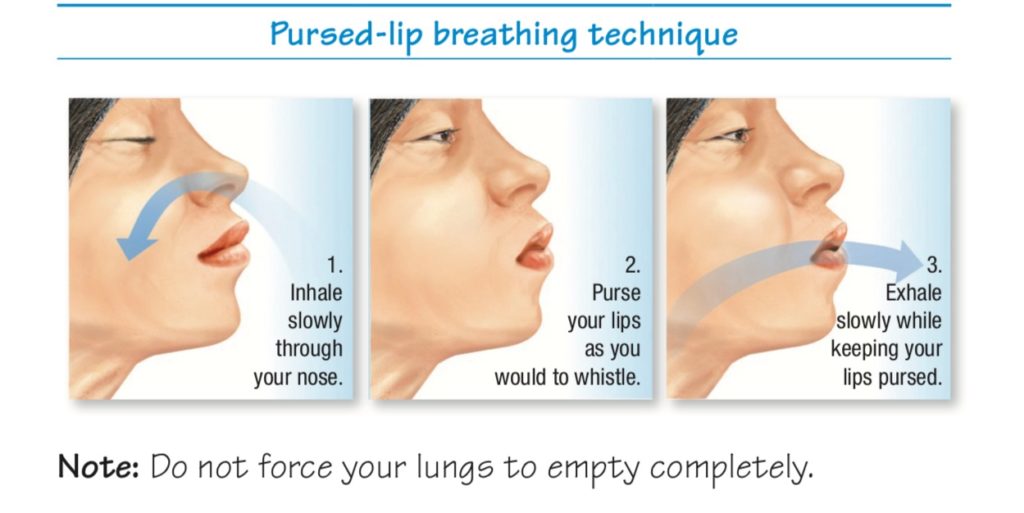COPD and Fitness

By Becky Zucco, RCEP
COPD stands for Chronic Obstructive Pulmonary Disease. It is a slowly progressive respiratory disorder that causes the airways of the lungs to be inflamed and become “obstructed” or blocked.
COPD is estimated to affect 2.6 million Canadians. Primarily caused by cigarette smoke, COPD ‘lung attacks’ are the number one cause of hospital admissions in Canada, costing the Canadian healthcare system 1.5 billion annually. (Canadian Society of Respiratory Therapists, 2019)
Common symptoms include:
- Activity related shortness of breath, which is the main symptom
- Persistent cough
- Phlegm production
- Frequent colds and respiratory tract infections
COPD is a preventable and treatable disease. However, less than 1% of Canadians with COPD have access to formal Pulmonary Rehabilitation programs due to barriers faced by patients or within the healthcare system.
WE CAN HELP!
As exercise professionals we need to be more aware of COPD and know how we can help. Individuals with mild to moderate COPD adapt to their breathlessness by becoming less active, however it is vital they maintain an active lifestyle to prevent their health declining, and reduce clinic visits.
Training a client with COPD
The goals are to motivate self-efficacy in a continued active lifestyle, improve quality of life, and reduce risk of an exacerbation (lung attack) or injury through falling due to muscle dysfunction or instability.
- Be aware of increased breathlessness on exertion
- Clients with COPD need supervision, their oxygen saturation may be lower than a healthy client
- Functional movements and exercises are the most important to enable clients to continue carrying out everyday tasks unassisted
- The Pursed Lip breathing technique should always be used during exercise (see below)
- Exhaling is always done on exertion

As always, you MUST use your judgement to decide if an exercise is right for an individual. Realize a person’s balance, stability, strength, endurance, disease severity, comorbidities, environment, and equipment will all have to be taken into consideration when designing a program.
Note: always ensure your client has medical clearance for exercise.
Do not underestimate how important your motivation and advice on lifestyle and behaviour change is to a successful program and improving the lives of those living with COPD.
To learn more about working with those with COPD visit www.expandcourses.com

